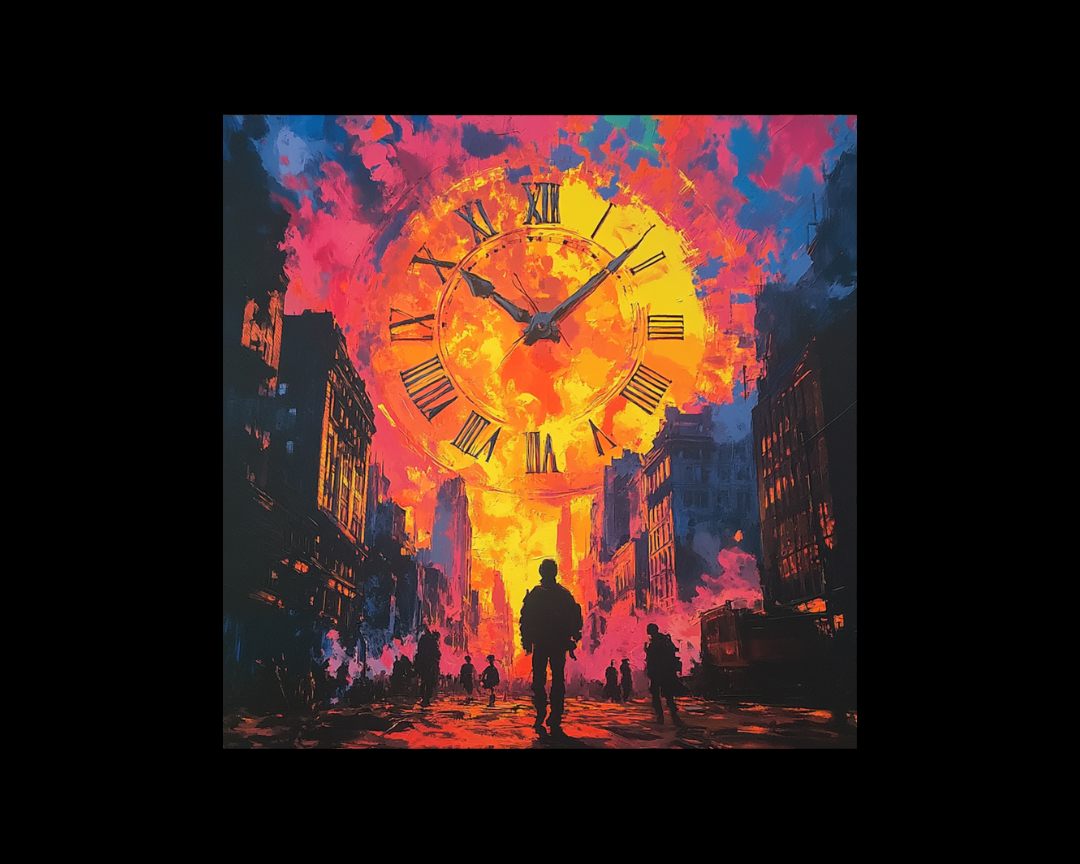Don’t Sleep on Writing Bedtime Stories
If you're itching to learn how to write a bedtime story that'll knock the socks off your readers and send them drifting off to dreamland with a smile...

In a world overwhelmed by noise, minimalist fiction stands as a quiet rebellion. It's an art form that proves the old adage: sometimes less isn't just more—it's everything. The space between words, the untold stories, and the carefully crafted silence can speak volumes more than explicit exposition ever could.
Minimalist fiction isn't simply about using fewer words—it's about making each word carry more weight. Like a zen garden where every rock and rake mark serves a purpose, minimalist writing creates meaning through careful curation and intentional absence.
Consider Ernest Hemingway's famous six-word story: "For sale: baby shoes, never worn." The power lies not in what's said, but in the vast universe of tragedy implied in the spaces between those six words. This is minimalism at its finest—where the reader becomes an active participant, filling in the silences with their own emotional understanding.
Here are some unique ways to leverage absence.
The physical space on the page isn't empty—it's pregnant with possibility. Take Amy Hempel's "The Cemetery Where Al Jolson Is Buried," where short, clipped paragraphs are separated by expansive white space, each gap representing the narrator's inability to face her friend's death directly.
Example:
She was afraid of dying.
I told her no one ever died from it.
The friend who'd given me the wig was dying now.
I had lied to her.The space between these paragraphs does more work than additional words ever could, representing the weight of guilt, fear, and unspoken truths.
In minimalist fiction, what characters don't say often matters more than what they do. Raymond Carver mastered this technique, showing how ordinary conversation can mask extraordinary pain.
Example: "Would you like another coffee?" she asked. "I should go," he said. "Yes," she said, still holding the pot.
In these three lines, an entire relationship crumbles. The coffee pot becomes a weight, the offered coffee an extension of hope, its rejection a final goodbye.
How you craft this is how you create impact.
Minimalist fiction requires ruthless curation. Every scene must earn its place not just by what it shows, but by what it suggests. Consider this progression:
No explanation needed—the story writes itself in the gaps between these images.
When words are scarce, objects must work harder. They become anchors for emotion and meaning, carrying the weight of the narrative.
Example: The broken watch stayed on his wrist. Three weeks now. Time stopped when she left.
These three short sentences let a simple object tell an entire story of loss and stasis.
Here are some practical techniques you can use when you put pen to paper.
Start with a full story, then begin removing elements, like a sculptor chipping away at marble. What remains should suggest what's missing.
Original passage: Sarah stood at the kitchen counter, tears streaming down her face as she remembered the fight from the night before, how David had screamed at her about the bills, how she had thrown his ring at him, how twenty years of marriage had unraveled in twenty minutes.
Minimalist version: Sarah stood at the kitchen counter. A ring's imprint marked the dust.
Create a framework that allows readers to build the story themselves.
Example: Three things remained in the apartment: Her coffee mug, lipstick stained. His favorite record, unscratched. A note that said "Okay."
Choose details that echo beyond their immediate context.
Example: The child's swing moves in the wind. Empty. The gate stays locked. Dandelions grow tall.
To practice minimalist writing, try this exercise:
At each stage, preserve the emotional core while letting the spaces between words carry more weight.
Example progression:
500 words: A detailed scene about a woman deciding to leave her marriage after discovering her husband's betrayal, including flashbacks, internal monologue, and scene setting.
250 words: A woman packing a suitcase while looking at old photographs, focusing on specific objects and memories.
100 words: A woman holding a photograph while a taxi waits outside.
50 words: She touches the photograph. Outside, a taxi honks. The bed is still warm on his side.
25 words: His side of the bed still warm. Her suitcase packed yesterday. The photograph burns in her pocket. The taxi waits.
Modern minimalist fiction finds particular resonance in our oversaturated world. Social media's character limits and the rapid pace of digital communication have created readers who are increasingly skilled at inferring meaning from fragments.
Consider these modern minimalist forms:
Example (Text Message Story):
Message sent: I'm home.
Message read: 2:34 AM
No reply.Minimalist fiction teaches us that silence can be deafening, space can be filling, and absence can be the most powerful presence of all. It's an art form that trusts readers to bring their own experiences and emotions to the page, creating a unique collaboration between writer and reader in the spaces between words.
In a world that often mistakes quantity for quality, minimalist fiction reminds us that sometimes the most powerful stories are the ones we don't tell—but merely suggest.

If you're itching to learn how to write a bedtime story that'll knock the socks off your readers and send them drifting off to dreamland with a smile...
.png)
Bizarro Fiction, a relatively new genre often likened to the cult section in your video store, has been a niche of literary experimentation.

Choosing the right narrative tense is one of the first—and most important—decisions a novelist makes. While present tense has grown in popularity,...